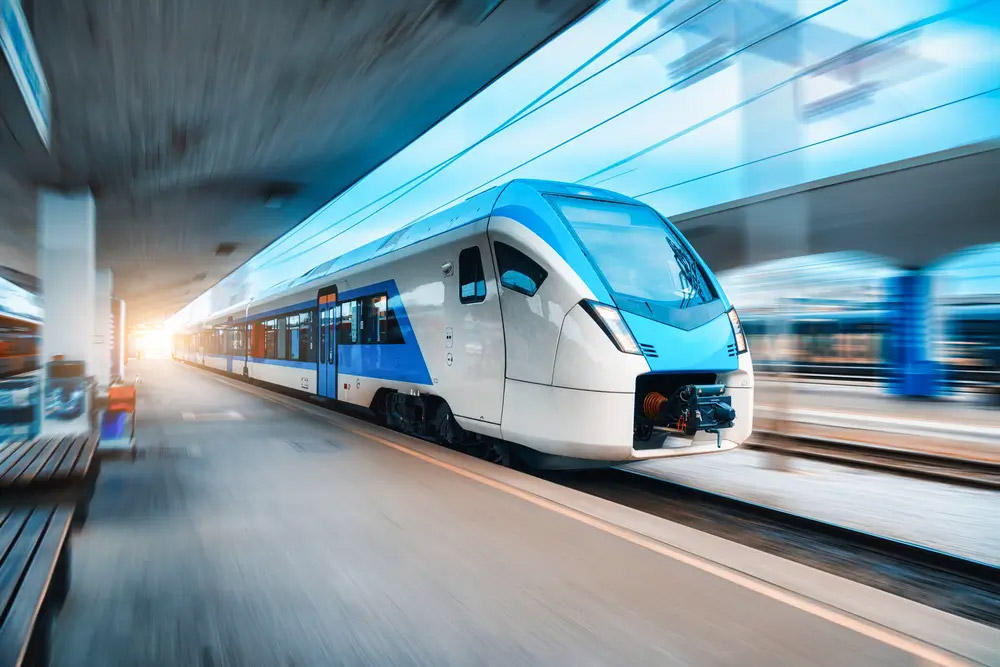The railway industry is undergoing a significant transformation, thanks to advancements in modern connectivity technologies. Improved communication systems are at the heart of this evolution, offering numerous benefits for both passengers and operators. This article explores how modern connectivity is enhancing rail travel through better communication systems.
Real-Time Passenger Information
Up-to-the-Minute Updates
Modern connectivity provides passengers with real-time updates about their journeys. Information about train schedules, delays, platform changes, and cancellations is delivered instantly through mobile apps, station displays, and onboard announcements. This constant flow of information helps passengers make informed decisions and reduces uncertainty, leading to a smoother travel experience.
Journey Planning
Enhanced communication systems enable passengers to plan their journeys more effectively. Integrated travel apps offer comprehensive information, including connections with other modes of transport, estimated travel times, and alternative routes in case of disruptions. This level of detail allows passengers to optimise their travel plans and enjoy a more seamless journey.
Improved Operational Efficiency
Enhanced Coordination
Connectivity facilitates better coordination between various parts of the rail network. Train operators, station staff, and maintenance crews can communicate in real-time, ensuring that information is shared promptly and accurately. This improved coordination helps in managing train schedules, responding to incidents, and maintaining the overall efficiency of the rail network.
Proactive Maintenance
Communication systems enabled by connectivity allow for proactive maintenance of trains and infrastructure. Sensors and IoT devices provide real-time data on the condition of various components, alerting maintenance teams to potential issues before they escalate. This proactive approach minimises disruptions and ensures that trains run smoothly and safely.
Safety and Security Enhancements
Emergency Communication
In the event of an emergency, modern communication systems play a crucial role in ensuring passenger safety. Real-time communication between train staff, control centres, and emergency services allows for a swift and coordinated response. Passengers can also receive immediate instructions and updates, helping to manage situations effectively and minimise panic.
Surveillance and Monitoring
Connectivity enhances security through advanced surveillance and monitoring systems. High-definition cameras and sensors, integrated with real-time data transmission, enable continuous monitoring of trains and stations. These systems can detect suspicious activities and trigger immediate responses, enhancing the safety and security of passengers and staff.
Passenger Experience
Onboard Connectivity
One of the most notable benefits of improved communication systems is the availability of onboard connectivity. Passengers can access Wi-Fi and mobile networks throughout their journey, allowing them to stay connected for work or leisure. This connectivity transforms travel time into productive or enjoyable time, enhancing the overall passenger experience.
Customer Support
Modern communication systems provide passengers with easy access to customer support. Through mobile apps and onboard systems, passengers can report issues, seek assistance, and receive real-time responses. This level of support improves passenger satisfaction and ensures that any problems are addressed promptly.
Environmental Benefits
Optimised Train Operations
Enhanced communication systems contribute to more efficient train operations, which in turn have environmental benefits. Real-time data allows for optimised train speeds and routes, reducing fuel consumption and emissions. Efficient operations minimise the environmental impact of rail travel, supporting sustainability goals.
Reduced Paper Usage
The shift to digital communication reduces the need for paper-based tickets, schedules, and notices. This reduction in paper usage contributes to environmental conservation efforts and aligns with the broader goal of creating a more sustainable rail industry.
Economic Advantages
Cost Savings
Improved communication systems lead to cost savings for rail operators. Efficient coordination, proactive maintenance, and optimised operations reduce operational costs. These savings can be reinvested into further improving the rail network and services, creating a positive cycle of enhancement and growth.
Increased Revenue
Enhanced communication systems can also drive revenue growth. By providing a better passenger experience and improving service reliability, rail operators can attract more customers. Increased ridership translates to higher ticket sales and ancillary revenue from onboard services and advertising.
Future Prospects
Innovation and Adaptation
The continuous evolution of communication technologies promises even more benefits for the rail industry. Future advancements will further enhance real-time data capabilities, predictive analytics, and passenger services. By staying at the forefront of these innovations, rail operators can ensure that they continue to meet the changing needs and expectations of passengers.
Global Standards
Improved communication systems will also facilitate the development of global standards for rail travel. Harmonised systems and protocols can enhance interoperability between different rail networks, making international rail travel more seamless and efficient.
Conclusion
Modern connectivity and improved communication systems are revolutionising the rail industry. From real-time passenger information and enhanced operational efficiency to increased safety, better passenger experiences, and environmental benefits, the advantages are manifold. As technology continues to advance, the rail sector is well-positioned to offer even greater levels of service and sustainability, ensuring its vital role in the future of transportation.
#RailCommunication #SmartRail #ConnectedTransport #ModernRailways #PassengerExperience #RailSafety #EfficientTravel #SustainableTransport #RailInnovation #FutureOfRail
